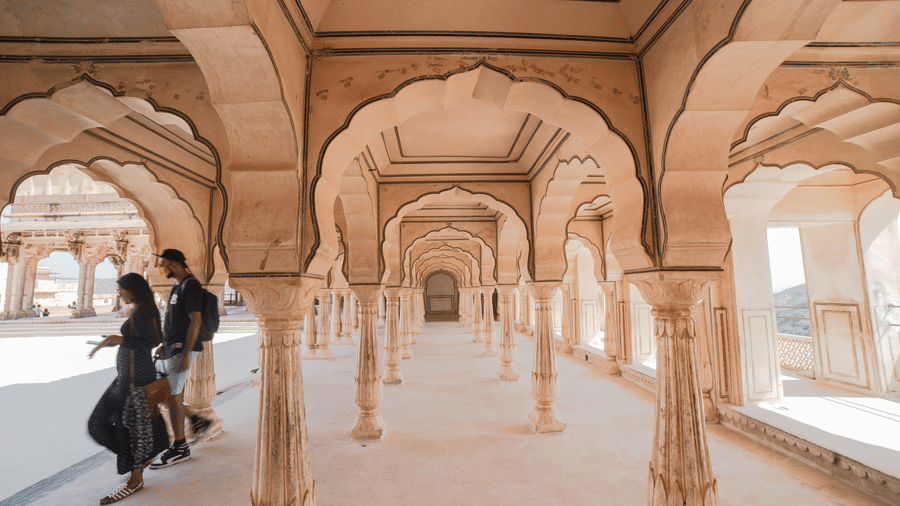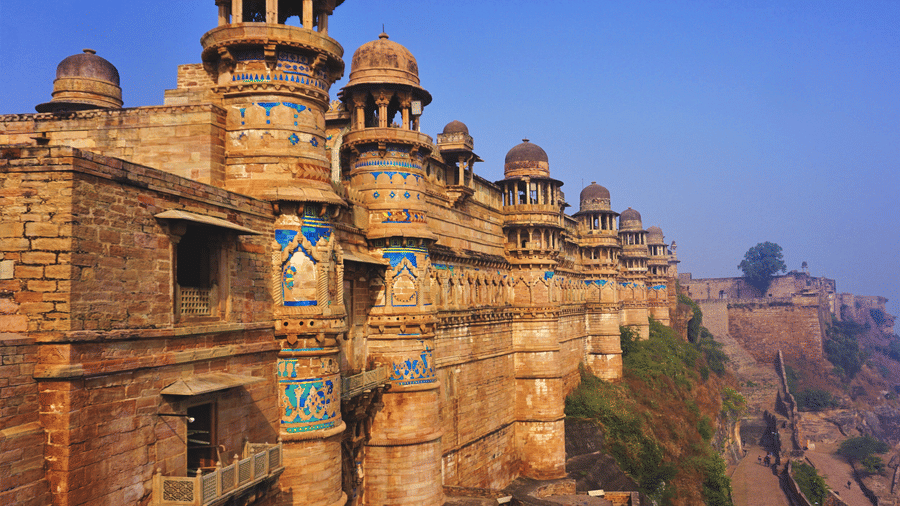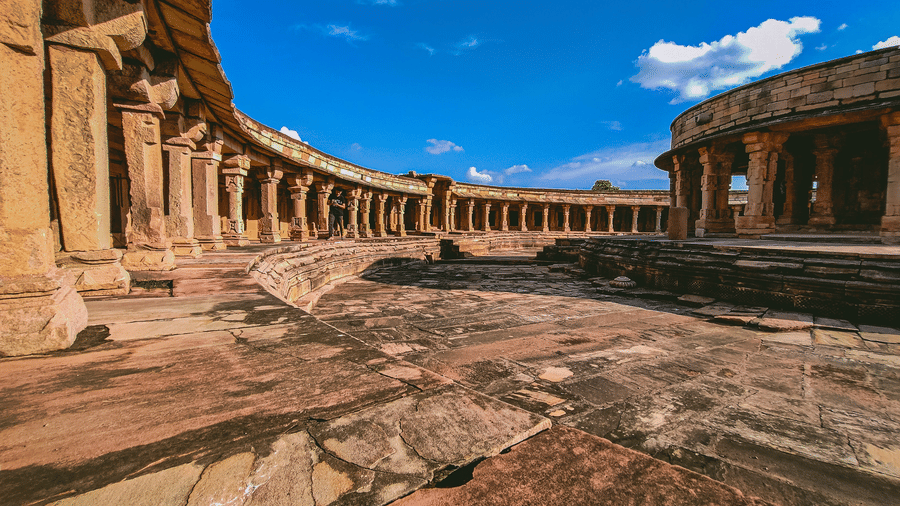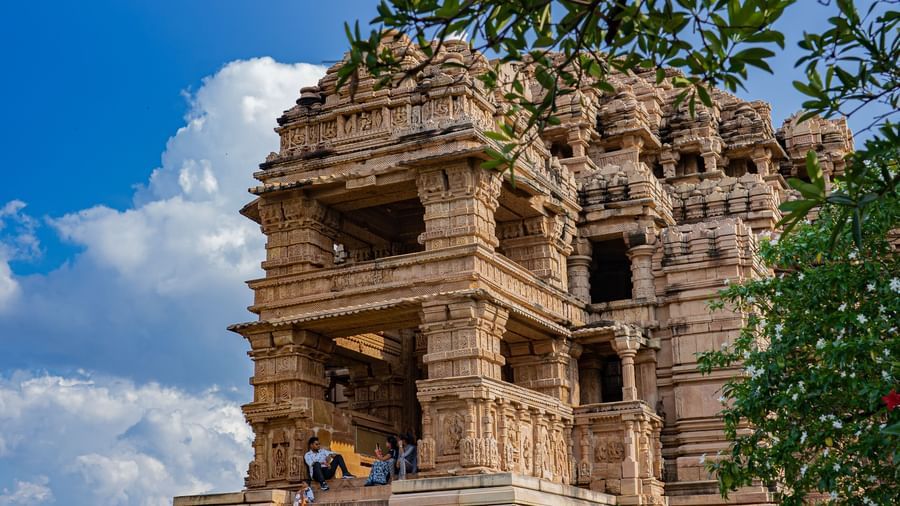Gwalior - The Tourist Capital
Gwalior, the tourist capital of Madhya Pradesh, is steeped in rich history and culture. With a seemingly endless list of places to visit including forts, palaces, temples and bazaars, and numerous architectural marvels, music festivals and scenic spots, this town never ceases to dazzle its visitors. A visit to Gwalior not only mystifies you but also connects you to the rich history of the land.





Deo Bagh, our heritage hotel in Gwalior is a remarkable example of lustrous history in itself. With two Maratha temples established between the 17th and 18th century, two majestic cenotaphs and a pavilion with arched gateways, Deo Bagh brings a piece of history right to the doorstep of your splendid rooms. Here are a few must-visit spots in Gwalior.
Gwalior Fort
The impenetrable Gwalior Fort is perched atop a rocky mountain and spans over 3 sq. km., making it visible from every corner of the city. Evidence initially suggests that this dignified fort has existed since the 10th century, but on further inspection, the inscriptions inside the fort suggest that it may have existed from the beginning of the 6th century. The oldest record of the number ‘zero’ was found here and it is now an archaeological museum.
Jai Vilas Palace
Jai Vilas Palace is a 19th-century palace that was established by the Maharaja of Gwalior. Designed by Sir Michael Filose, it is a fine example of merged architectural styles. The first storey features Tuscan architecture, while the second and third storeys are built in Italian-Doric and Corinthian styles respectively. It is a testament to the regal elegance of the era.
Tomb of Tansen
Tansen is popularly said to be one of the greatest musicians from India who served in the courts of Akbar. This esteemed vocalist was one of the nine gems of the Mughal empire. Legend has it that he could cause rains, create magic and beguile animals with his music. He was buried near his guru - Mohammad Ghaus, who taught him the ways of Hindustani Classical Music. The burial site, Tomb of Tansen, is a beautiful spot with understated architecture. Every November musicians from around the world come to Gwalior to celebrate and join the Tansen Music Festival.
Sas Bahu Temple
Sas Bahu Temple in Gwalior is an 11th-century twin temple located near the Gwalior Fort, dedicated to Vishnu. It is mostly only ruins that remain because it was damaged in battle from numerous invasions and wars in the region. This three-storey temple was built by King Mahipala according to the inscriptions that were found in the ruins.
Gopachal Parvat
Gopachal Parvat, also called Gopachal Rock-Cut Jain Monuments are a group of Jain carvings that date back from the 7th century to the 15th. It houses a large number of Jain shrines and monumental statues. During the Tomara Rajas reign, the cliff that supports the fort was turned into a shrine to honour their religion. Gopachal Parvat depicts the Tirthankaras in seated and standing meditative positions.
Sun Temple
The Sun Temple in Gwalior, popularly known as Surya Mandir, is an architectural wonder that adorns the city. As the name suggests, it was constructed in dedication to the Sun God in 1988. The red sandstone exterior features gradual slots that scale up to the top. Although the temple is relatively new, it is among the most revered shrines in Gwalior.
Experience the enigmatic city of Gwalior at its best when you visit these gems that are scattered across the city, accentuate it by staying at a heritage property like Neemrana’s Deo Bagh, in all its luxury!
Experience the enigmatic city of Gwalior at its best when you visit these gems that are scattered across the city, accentuate it by staying at a heritage property like Neemrana’s Deo Bagh, in all its luxury!